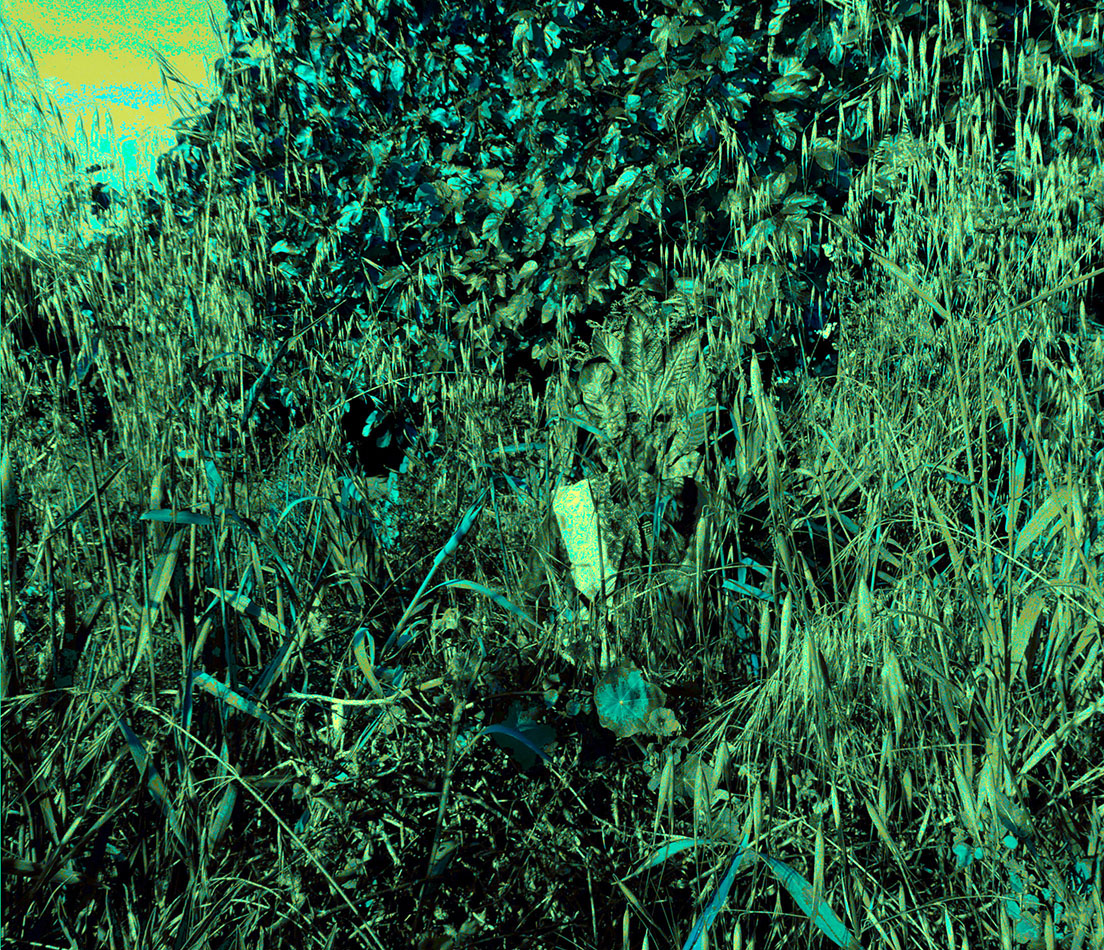
Wildman. Photography for a performance. May 2020
Southwest Alentejo and Vincentine Coast Natural Park 54.
Waiting for the Wildman to come back
www.alantod.comRegarding aesthetical and theoretical levels, this research will help us to define an Art made of forest: Forest-Art envisions an art that promotes collaborative prosperity. Every singular action contributes to the building of the artwork. From macro- to micro-scale , the research allows a wide range of means for empowering healing in both the spheres of climate change as well as public health. To question the place of the forest-artist in the world, we will be taking a trans-cultural approach to stimulate long-term and fruitful collaborations. In this regard, the aim is to emphasize the indigenous approach to the forest and how it could inform Western-centric practices, with the forest artist’s role being that of mediating forest ‘s culture in collective imaginary. The research creates the concept of Forest-Art as an expression of an international artistic movement that dates since the 1990s, moulded by a number of artists with anthropogenic practices. The work is aiming at embodying the criticism of the complex relationship between nature and society and conveys holistic approaches to sustainability and public health. It considers plant’s behaviour and a direct collaboration with the vegetal in the process of knowledge production through performances, regenerative soil permaculture, forest-bio-art sculpture, writing and visuals. Wildman is a project where the performance tries to understand the meaning of collaborating with forest as a man, using the occidental figure of the Wildman founded in some sculpture of the Cloister of the Cathedral of Evora-Portugal dated from the 16th century. What is the Wildman? A feudal forest’s indigenous or a myth from antiquity? May someone inside ourselves? Regarding our contemporary issues, shall we ask the Wildman to come back? Shall he be our forest’s ambassador?